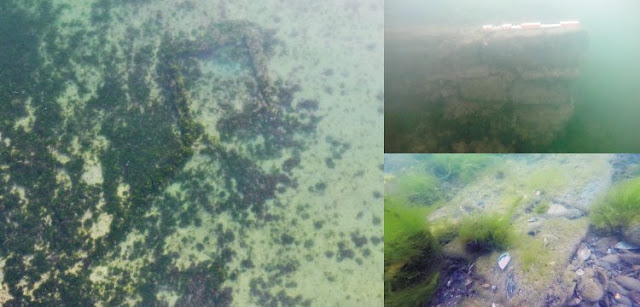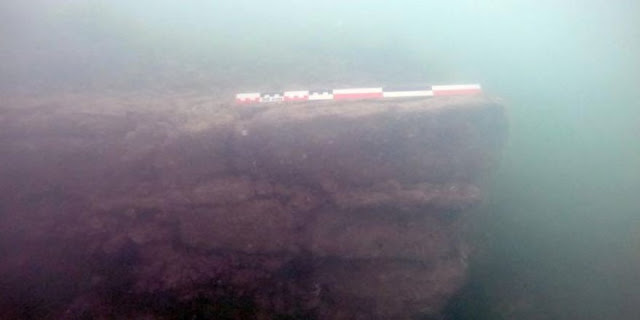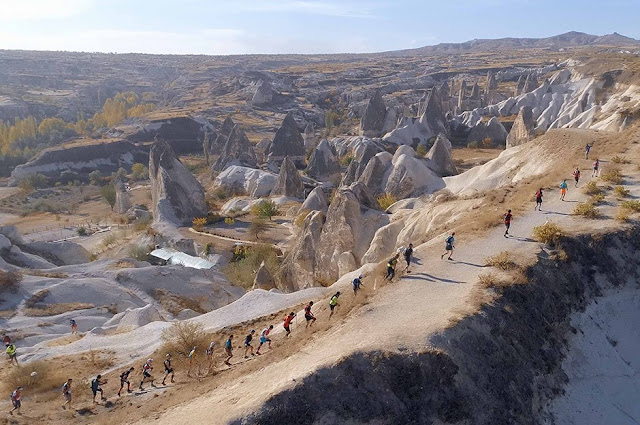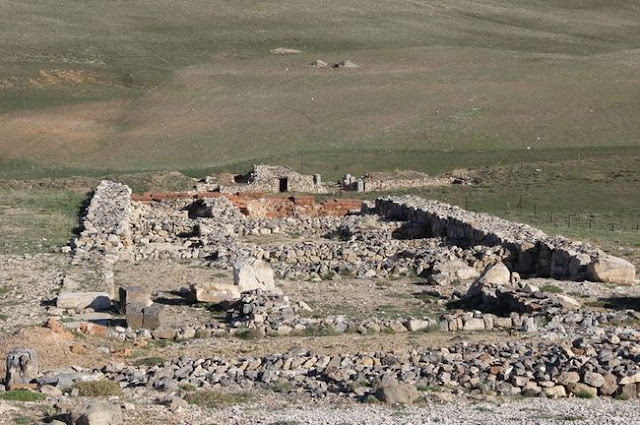
Lost Byzantine palace found submerged
Inside the extent of the Yalova Coasts Ancient Harbor and Underwater Survey, which was done in Altınova area of the northwestern region of Yalova for a long time, the Byzantine rank of Kibatos (Civetot) was found.
It was accounted for that the palace was worked for the asylum of Anglo-Saxon troopers, who got away from the Battle of Hasting between the Crusader armed forces and the Seljuk militaries in the First Crusade in 1069 however may have stayed under the Hersek Lagoon because of extreme seismic tremors.
The overview has been done with the consent of the Ministry of Culture and Tourism and with the commitments of Altınova Municipality, Uludağ University and the Turkish Historical Society.
During the works completed by a group made up of scholarly Serkan Gündüz, Işıl Akalan Gündüz of Leicester University, Survey Engineer Ilke Ekioğlu of Sinop University and a group of understudies, an ocean stronghold spreading over a region of roughly 4,200 square meters was found on the coastline among Altınova and Karamürsel area of Kocaeli. The stronghold was in 3.5 meters down.
Following the revelation, a question and answer session was hung on the shore of Hersek Lagoon.
Altınova Mayor Metin Oral said that the stronghold was found because of a two-year work and proceeded:
"In spite of the fact that it was situated in a significant spot in the history scene, discovering this palace, which couldn't be authoritatively limited, was one reason for beginning our exploration. It was known from the composed reports that the Byzantine Emperor Alexius had assembled a mansion around there for Anglo-Saxon troopers, who fled the Battle of Hasting in 1069, which changed the historical backdrop of England. So as to discover the château, we have been scanning for an ocean manor on the contrary side of the Hereke Castle close Helenopolis, in light of the examinations we have done in the locale for a long time.
The structure, distinguished between Helenopolis (Hersek) and Karamürsel, is believed to be the Kibatos-Civetot Castle since its design is fundamentally the same as the articulations in the composed reports. Kibatos-Civetot Castle increased incredible significance in 1096 during the First Crusades. In 1095, only one year after the Pope's require the Crusade, the principal battle, called the Crusade, started. Alexios, who needed to expel the Crusaders, who came to Constantinople, from the capital, sent them to Kibatos Castle. The armed forces went to the manor by means of Nicomedia from the land, and some went legitimately to the palace via ocean. As indicated by the different sources, their number was between 25,000-600,000 individuals."
Oral said that they would begin attempting to expose the château
"The Crusades have had unavoidable ramifications for both the Christian world and the whole Muslim world. This fight is vital for European history. Be that as it may, its significance for the Anatolian Seljuk history and Turkish individuals, tragically, isn't known enough. It was the primary extraordinary fight annihilation of the Crusader history in Anatolia that would assault the Anatolian Seljuk State with different games with the attack of Iznik in 1097," he said.
Oral said that discovering this manor and archeological investigations will reveal insight into a dull page of our history and included, "In this period, we will feature our verifiable surfaces. We will uncover them. It will likewise give us data about the Seljuk State. In the accompanying procedure, it might give us diverse chronicled data. This is the start. The fundamental work will start from this point forward."
The attempts to uncover Kibatos Castle will take around three years. The discoveries of the investigations will be imparted to the general population.















